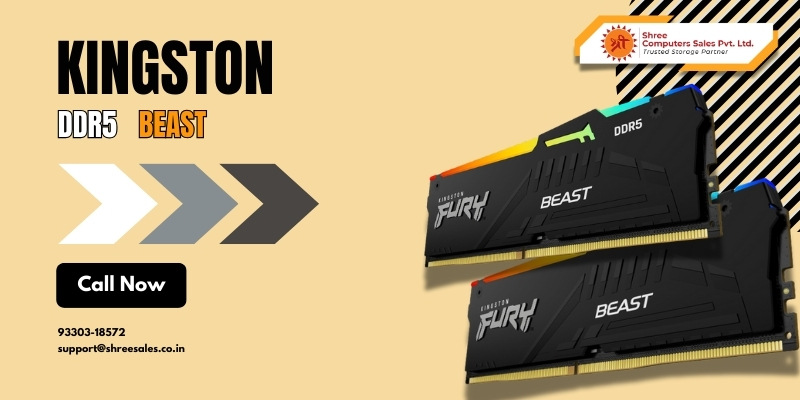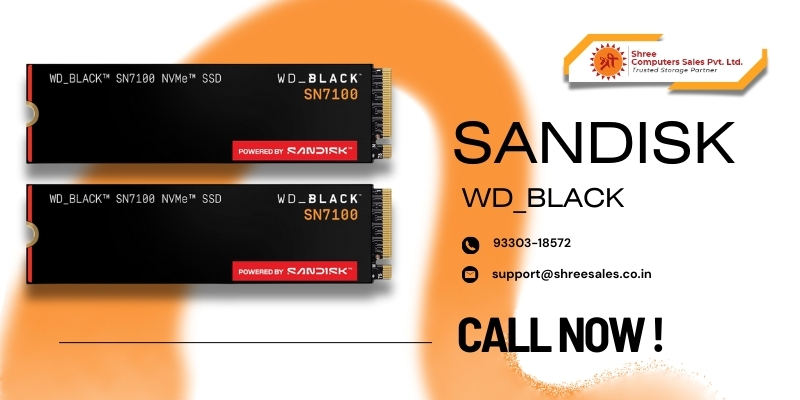
November 21st, 2025 by shreecomputers
If rising RAM prices have already caught your attention, the real disruption is happening in the global NAND flash market. While consumers and businesses are openly frustrated about memory costs, industry analysts warn that the most dramatic price surge is unfolding quietly in the SSD storage segment. According to Phison Electronics Corporation, one of the world’s most influential storage controller manufacturers, NAND demand has climbed to levels “never seen before” in the company’s history. This rapid escalation is reshaping global supply chains, increasing production pressure, and leaving even long-time semiconductor experts stunned.
During Phison’s Q3 2025 earnings call, CEO Khein-Seng Pua revealed that NAND demand has far exceeded supply. The average selling price of 1-terabit TLC NAND chips rose from 4.80 USD in July 2025 to nearly 10.70 USD in November 2025. In a matter of months, NAND pricing more than doubled, with older MLC chips following the same direction. What concerns manufacturers even more is that the full global production capacity for 2026 has already been pre-booked. Every major NAND producer, including Samsung, SK Hynix, Micron, and Kioxia, has sold out its entire 2026 output in advance, leaving virtually no room for additional demand.
This situation is not limited to Phison. Across the semiconductor market, similar trends are emerging. Industry analysts confirm that both NAND and DRAM contract prices have increased between 15 and 20 percent in recent quarters. The rapid growth of AI workloads, cloud infrastructure, and enterprise data-centres is placing enormous strain on memory production, pushing it into a tight-supply, high-demand cycle unlike anything seen in the past decade. For years, NAND prices steadily declined due to improved technology and large-scale manufacturing, but the market has now entered a very different phase.
One of the most influential drivers of this shift is the explosive growth of artificial intelligence and data-centre expansion. AI systems rely on extremely fast, low-latency storage, and traditional hard drives are unable to meet these performance demands. As a result, hyperscale data-centres worldwide are transitioning to SSD-based infrastructure built entirely on NAND flash technology. Each new data-centre consumes enormous amounts of storage, often measured in petabytes, and as more AI start-ups and cloud platforms enter the market, this consumption continues to accelerate. With so much output being absorbed by enterprise customers, less capacity is available for consumer SSDs.

Another major factor is years of under-investment. The NAND market goes through predictable cycles of oversupply and undersupply. After a long period of low prices that severely reduced profits, manufacturers slowed down expansion plans and delayed the construction of new fabrication plants. When demand rebounded sharply in 2025, the industry was unprepared. Building a new NAND fabrication facility takes at least two to three years and involves some of the most complex manufacturing processes in the world. Producing advanced 3D NAND chips with more than 200 layers requires high precision, significant capital, and long development cycles. With limited new capacity coming online, supply simply cannot keep up with this sudden surge in demand.
Additionally, manufacturers are shifting their priorities toward high-value, high-margin sectors. With the current supply constraints, most NAND producers are focusing their output on enterprise storage and AI-specific SSDs rather than consumer products. Enterprise clients are willing to pay a premium for guaranteed supply, especially when their infrastructure depends on consistent performance and availability. As a result, consumer SSDs, USB drives, and retail storage devices are receiving lower priority in production schedules. Phison has also stated that it is prioritising enterprise customers in this market environment, which will likely translate into higher retail SSD prices and fewer promotional discounts for consumers.
What makes this cycle different from previous memory cycles is the nature of demand. Historically, memory demand rose when PC or smartphone sales increased and declined when those markets slowed. This time, the demand is structural. Technologies such as artificial intelligence, cloud computing, automated vehicles, and advanced edge devices are becoming permanent fixtures of global infrastructure. These technologies require vast amounts of high-throughput NAND storage, making current demand more durable and long-lasting than earlier short-lived booms. Many experts believe that NAND pricing will remain elevated throughout 2026 and possibly into 2027.
For everyday PC builders and tech enthusiasts, the immediate outlook suggests higher SSD prices and shrinking availability of high-capacity models. Large SSDs above 1 TB may see the steepest price increases. The period of steadily falling SSD prices that consumers enjoyed over the past decade may pause for now.

Those who are planning to upgrade their systems may benefit from acting sooner rather than waiting for discounts that may not arrive. While smaller-capacity drives may remain affordable, the price difference between 512 GB and 2 TB models is expected to widen significantly in the coming months.
Rising NAND prices are also creating challenges for laptop and desktop manufacturers. Storage is a major cost component in device production, and an increase in NAND pricing directly affects profit margins. Some brands may begin offering smaller storage capacities at familiar price points, while others may raise overall device prices to offset increased component costs. Lead times are becoming a concern as well, with NAND manufacturers prioritising enterprise clients. This could lead to delays in securing supply for upcoming product launches, affecting inventory and availability across the PC and mobile markets.
Although this analysis focuses primarily on NAND flash memory, DRAM prices are also rising rapidly. The same forces—AI expansion, cloud data growth, and slow supply expansion—are pushing DRAM prices higher. Contract pricing reports show increases of 20 to 30 percent in certain product categories.

This creates a dual pressure for both consumers and manufacturers. Whether building a gaming PC or deploying a large-scale server, buyers now face higher costs for both storage and system memory.
The current NAND price rally began around mid-2025 and accelerated quickly through the second half of the year. Industry projections suggest that tight supply conditions will persist well into 2026. Some analysts believe that NAND contract prices may rise another 20 percent before stabilising. With manufacturing capacity for 2026 already sold out and few new fabrication plants scheduled to come online soon, the market is unlikely to experience major price relief in the near future. Phison and several other industry leaders have described this period as one of the most unusual and long-lasting demand cycles the memory market has ever seen.
For consumers, the best approach is to stay informed and make purchasing decisions proactively. If an SSD upgrade is essential, acting before the next wave of price increases may be beneficial. System builders and OEMs should consider strengthening relationships with suppliers, diversifying sourcing strategies, and exploring alternative storage configurations such as QLC NAND or hybrid architectures. Businesses that operate large data-centres or AI infrastructure must plan ahead, as enterprise-grade NAND is at the centre of this supply crunch. Securing allocation early and forecasting long-term requirements can prevent costly operational delays.
The NAND flash market is undergoing a transformation unlike anything seen in years. After a prolonged period of oversupply and falling prices, demand has risen to unprecedented levels driven by AI, cloud computing, and data-centric technologies. NAND prices have more than doubled in a matter of months, and the market shows no signs of immediate relief. Consumers should prepare for higher SSD prices, while manufacturers must navigate increased costs and tighter supply chains. With DRAM prices rising alongside NAND, memory-related expenses across the board are expected to remain under pressure.

The era of ultra-affordable storage appears to be taking a pause. According to Phison’s leadership, the level of demand currently seen in the NAND market has “never been seen before.” The memory industry is entering a new phase defined by scarcity, strategic allocation, and long-term structural demand. Those who adapt quickly to these changes will be better positioned to navigate the challenges and opportunities ahead.